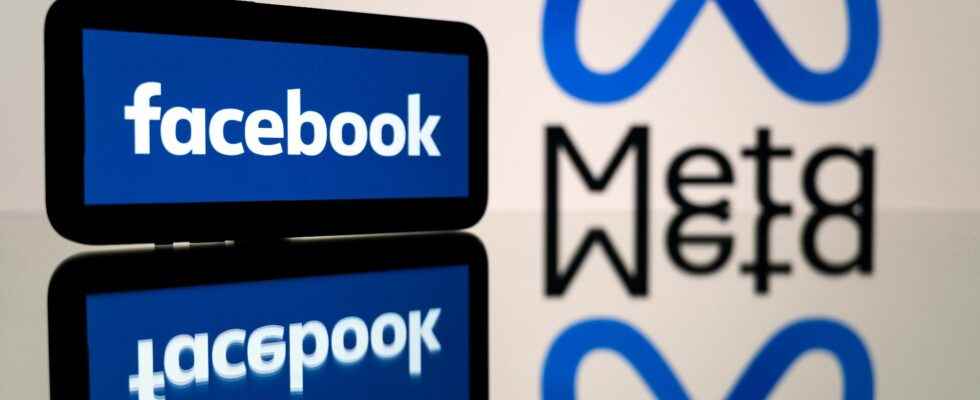The paid model is gradually establishing itself in the most famous social networks in the world. After Twitter users, those in Mark Zuckerberg’s Meta group – that is, Facebook and Instagram – will soon have to pay $11.99 a month to get the verified profile ‘blue badge’, according to an announcement made Sunday February 19. The change is all the more striking as Mark Zuckerberg, the founder of Facebook and head of the group, spent twenty years defending an economic model based on free services and advertising. However, the subscription remains optional, and the platforms will remain free.
As a guarantee of authenticity, the blue badge named “Meta Verified” is supposed to allow users who pay it to better promote their messages. Subscribers will be able to have their account verified on Facebook and Instagram by providing official ID. Their account will be better protected against the risk of identity theft thanks to proactive monitoring, and subscribers will be able to contact customer service directly in the event of a problem.
Photo and video messages will be relayed better than others and will appear at the top of search results, comments and recommendations. The group also promises to provide users with new creative features.
The subscription will be available first in Australia and New Zealand this week of January 20, before being extended to other countries, such as the United States. It will cost 11.99 dollars (11.22 euros) per month for users who subscribe to it on the web, and 14.99 dollars for those who use mobile applications, to compensate for the commission charged by Apple or Google.
Influencers or the new network resource
With this new offer, Mark Zuckerberg’s group is above all targeting influences – companies do not have access to them. The group told AFP to respond with this offer to a request from content creators themselves.
Meta’s strategy is part of a context where historical social networks are seeing their number of users grow, and their revenues sink. In 2022, the Californian group saw its advertising revenue decline for the first time since it went public in 2012.
For good reason: inflation is eating away at advertisers’ budgets, users’ attention is divided between many applications and these can no longer collect as much personal data as before the intervention of the authorities (particularly European) and Apple to better protect online privacy. The battle between the platforms is therefore now being played out between the creators, who produce content and capture the attention of the public.
But that is not enough, and social networks are now aligning themselves one by one with a paid model to survive the economic situation: in the fall, Twitter (bought by Elon Musk) created confusion by launching its Blue subscription for 7 dollars a month on the web, and 11 on the iPhone. Snapchat, Reddit or even Discord now all offer to pay a few dollars a month to have access to additional tools.
